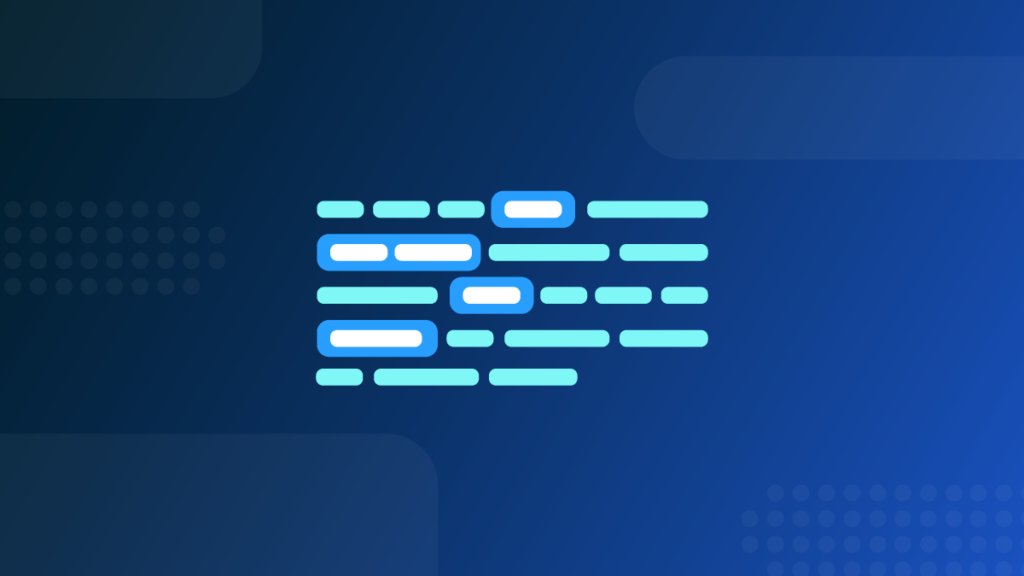Natural language processing API, How to use it
Dec 13, 2024This article explores Natural Language Processing (NLP) APIs, focusing on Google Cloud's offerings and providing a practical guide to their usage. We'll cover the basics, setup, and various applications.
Natural Language Processing APIs: A Comprehensive Guide
This article explores Natural Language Processing (NLP) APIs, focusing on Google Cloud's offerings and providing a practical guide to their usage. We'll cover the basics, setup, and various applications.
Google Cloud Natural Language API: An Overview

Google Cloud's Natural Language API provides pre-trained models for several NLP tasks. These include:
- Sentiment Analysis: Determines the overall emotional tone (positive, negative, or neutral) of text.
- Entity Analysis: Identifies and extracts named entities (people, places, organizations, etc.) from text.
- Entity Sentiment Analysis: Combines entity and sentiment analysis to determine the sentiment expressed towards specific entities.
- Syntactic Analysis: Breaks down text into sentences and tokens, providing grammatical information.
- Content Classification: Categorizes text into predefined categories (e.g., science, technology, etc.).
- Text Moderation: Identifies potentially harmful content like hate speech or bullying.
The API uses JSON requests and responses, making it easily integrable into various applications. A basic request might look like this:
{
"document": {
"type": "PLAIN_TEXT",
"language_code": "EN",
"content": "Your text here"
},
"encodingType": "UTF8"
}
Interpreting Sentiment Analysis Results
Sentiment analysis returns a score (between -1.0 and 1.0) and a magnitude (0.0 and +inf). A score of 0.0 indicates neutrality, while magnitude reflects the strength of emotion.
Entity Analysis Response
Entity analysis returns a list of entities with their types, mentions, and metadata. This helps disambiguate similar entities and extract key information.
Syntactic Analysis
Syntactic analysis provides detailed grammatical information about tokens (words and punctuation) within sentences, including part-of-speech tags, lemmas, and dependency edges.
Setting Up the Google Cloud Natural Language API

-
Create a Google Cloud Project: You'll need a Google Cloud project to use the API.
-
Enable the API: Enable the Cloud Natural Language API within your project's settings.
-
Install the Client Library: Install the appropriate client library for your chosen programming language (Python, Java, etc.). The Google Cloud documentation provides detailed instructions.
-
Set Up Authentication: Authenticate your application using API keys, service accounts, or OAuth 2.0.
Using the API with Python
A Python codelab demonstrates how to use the API:








The codelab covers sentiment analysis, entity analysis, syntax analysis, and content classification, providing code examples for each.
Other NLP APIs
Several other NLP APIs exist, including:
- IBM Watson NLP: Offers entity recognition, sentiment analysis, and more.
- AYLIEN: Provides text analysis, sentiment analysis, and entity recognition.
- Wit.ai: Focuses on conversational AI and intent recognition.
- Microsoft LUIS: A cloud-based NLP API for language understanding.
- MindMeld: Processes text, speech, and other natural language forms.
- Stanford CoreNLP: A widely used NLP library with various features.
- Lexalytics: Offers sentiment analysis, entity extraction, and topic classification.
- Amazon Lex: Builds conversational interfaces for voice and text applications.
- Google Assistant API: Provides ASR, NLU, TTS, and context awareness.
- Lingua Robot API: Offers tokenization, stemming, named entity recognition, and language detection.

Choosing the right API depends on your specific needs and requirements.
Conclusion
NLP APIs offer powerful tools for extracting insights from text data. Google Cloud's Natural Language API, along with other options, provides a range of functionalities to suit various applications. By following the setup instructions and utilizing the provided code examples, you can effectively leverage these APIs to build intelligent applications.
Exploring the Landscape of AI Web Browsing Frameworks
Published Jan 24, 2025
Explore the landscape of AI web browsing frameworks, from browser-integrated assistants to dedicated automation platforms. Learn how these tools are transforming the web experience with intelligent content extraction, task automation, and user-friendly interfaces....
OpenAI Operator: A New Era of AI Agentic Task Automation
Published Jan 23, 2025
Explore OpenAI Operator, a groundbreaking AI agent automating tasks by interacting with computer interfaces. Discover its capabilities, limitations, and impact on the future of AI....
React OpenGraph Image Generation: Techniques and Best Practices
Published Jan 15, 2025
Learn how to generate dynamic Open Graph (OG) images using React for improved social media engagement. Explore techniques like browser automation, server-side rendering, and serverless functions....